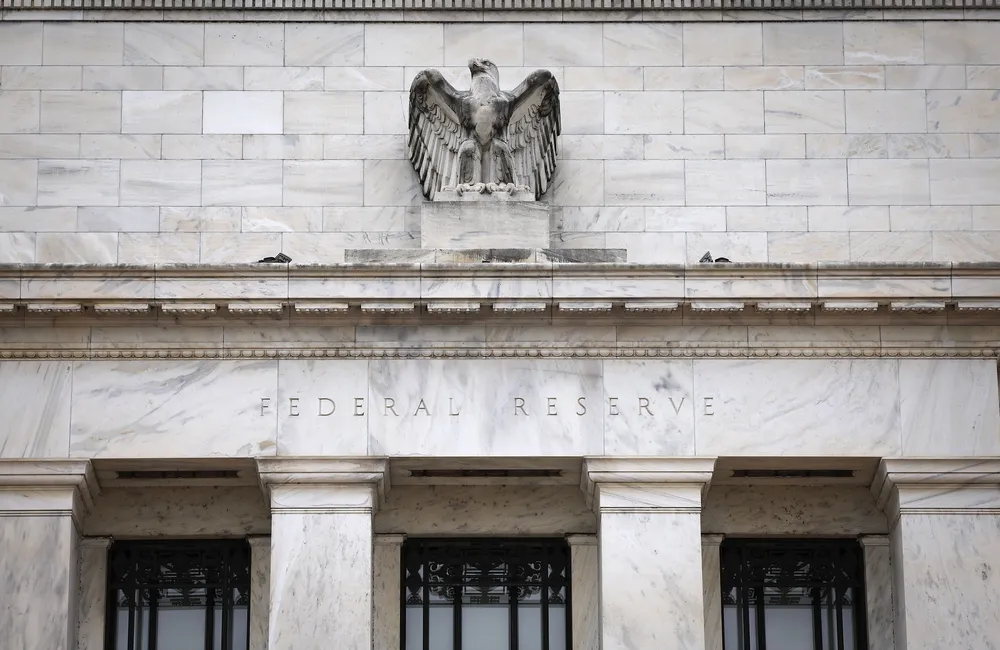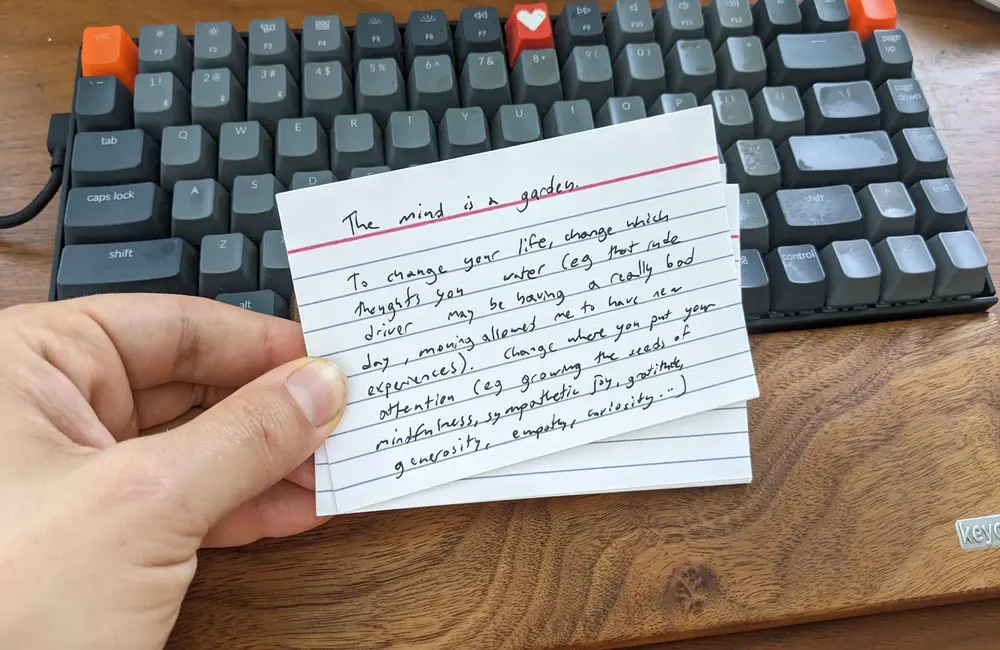The SPI 200 futures contract in Australia were up 2 points to 7351 as of 8.00 am AEST, indicating a firm start.
Wall Street ended the opening week of the new year with daily and weekly losses as investors fretted about impending US interest-rate increases and unfolding Omicron news.
The Dow Jones Industrial Average dipped 0.01 percent, to 36,231.66, the S&P 500 dropped 0.41 percent, to 4,677.03 and the Nasdaq Composite declined 0.96 percent, to 14,935.90. For the week, the Dow was down 0.3%, the S&P 500 tumbled 1.9% and the Nasdaq sank 4.5%.
The ASX reversed some of the losses of the previous session as the banking sector performed well locally. On Friday, the S&P/ASX 200 finished 1.3% higher at 7,453.
The previous session, the benchmark index fell 2.7%, its worst day since September 2020.
The heavyweight banking sector climbed 1.9%, with the big four lenders gaining between 1.3% and 2.7%.
Energy stocks rose 2.2% after crude prices ticked higher on supply concerns stemming from political unrest in Kazakhstan at the same time as a decline in production from Libya. Woodside Petroleum and Santos rose 2.2% and 2.9%, respectively.
The supreme technology sector climbed 1.1%, clawing back some more wins registered in the prior session. Buy-now-pay-later behemoth Afterpay gained 3%.
Construction materials maker James Hardie dropped 4.1% after announcing it has fired its CEO for breaching his code of conduct.
Elsewhere, the bidding war for Australian Pharmaceutical Industries has ended with its acceptance of a $763.6 million bid from Wesfarmers after Woolworths Group withdrew from the contest.
In commodities, gold futures added 0.5% to $US 1797. 40 a barrel; Brent crude dipped 0.3% to $US81. 75 a barrel; iron ore lost 0.7% to US$127.30 a tonne.
In bond markets, the yield on the Australian 10-year bond edged down to 1.84% compared with a 10-year Treasury at 1.76%.
The Aussie was fetching 71.81 US cents, close to 8. 00 am AEST, stronger than its previous close of 71.64. The WSJ Dollar Index, which measures the US dollar against 16 other currencies, slid to 89.74.
Asia
China’s major indexes were mixed in Friday trading, with tech stocks weak but shares in property rebounding on expectations for policy easing.
The blue-chip CSI300 index was unchanged and the Shanghai Composite Index fell 0.2%. The ChiNext, a technology heavy gauge, fell 1.8 per cent to book a weekly drop of 5.7 per cent – its largest in 10 months.
In Hong Kong, stocks surged close to 2 percent, their best day in a month, underpinned by a rebound in tech and property shares.
The Hang Seng Index gained 1.8 per cent, led by technology giants Alibaba and JD. com at 6.5% and 4.8% respectively. Property developers Country Garden, Evergrande and China Vanke gained between 3.7% and 4.9%.
Japanese shares rallied in the morning but ended mostly flat ahead of a three-day weekend. The Nikkei 225 index, the region’s benchmark, fell 0.03%.
Europe
European stocks edged lower Friday on worries about rising inflation and coronavirus infections. The pan-European Stoxx Europe 600 ended 0.4 percent lower. The benchmark index finished the week down 0.3%.
In London, the FTSE 100 was up 0.4 percent, helped by banking and mining stocks. Miners Anglo American and BHP Group gained strongly as metal prices rallied.
North America
Wall Street on Friday settled lower for the day and week as investors fretted over potential US interest-rate hikes and Omicron-related developments.
The Nasdaq had its biggest weekly percentage drop since February 2021 and the biggest declines for the day among the major indexes. Stocks were lower on Friday after the US jobs report for December fell short of expectations, but was still considered strong enough to maintain the Federal Reserve’s tightening path.
The Dow Jones Industrial Average dropped 0.01 percent, to 36,231.66, the S&P 500 declined 0.41 percent to 4,677.03 and the Nasdaq Composite declined 0.96 percent, to 14,935.90. For the week, the Dow lost 0.3 percent, the S&P 500 fell 1.9 percent and the Nasdaq dropped 4.5 percent.
The U.S. jobs market was still at or around maximum employment in December, when there were shortages of workers, Friday’s Labor Department data indicated, even if employment crept up far less than expected. read more
Minutes released on Wednesday of the Fed’s Dec. 14-15 policy meeting showed officials at the US central bank saw the labour market as “very tight,” signalling the Fed may need to raise rates sooner than now expected.
“The investor takeaway is the labour market remains tight, despite the headline miss,” said Michael Arone, chief investment strategist at State Street Global Advisors in Boston.
“Investors are worried the Fed will be more aggressive than anticipated.”

























